

The microbiome sequencing services market is one of the fastest-growing segments within the broader genomics field, driven by the increasing recognition of the crucial role that microorganisms play in human health, agriculture, and environmental ecosystems. As sequencing technologies continue to advance, this market is expected to witness significant growth over the next decade. According to International Market Research (IMR), the global microbiome sequencing services market was valued at USD 1.3 billion in 2023 and is projected to grow at a compound annual growth rate (CAGR) of 14.5%, reaching an estimated USD 3.8 billion by 2031.
Market Overview
Microbiome sequencing involves the process of decoding the genetic material of microbial communities from various environments, including the human gut, skin, soil, water, and air. The data obtained from these sequencing services offers valuable insights into microbial diversity, functionality, and their interactions with hosts or ecosystems. With the continued advancement of next-generation sequencing (NGS) technology and bioinformatics tools, microbiome sequencing has become more accessible and cost-effective, driving a surge in demand across various sectors.
Key Market Drivers
1. Expanding Healthcare Applications
The healthcare sector has emerged as the largest application for microbiome sequencing services. The growing understanding of the link between the human microbiome and a wide range of diseases, including cancer, diabetes, autoimmune disorders, and mental health conditions, is fueling demand for microbiome research. The ability to analyze and interpret microbial data is opening new avenues for precision medicine, where treatments are tailored to an individual’s microbiome and genetic profile.
2. Advancements in Sequencing Technologies
Next-generation sequencing technologies have reduced the cost and time required for sequencing, making microbiome analysis more feasible for researchers, healthcare providers, and commercial companies. IMR projects that with continued advancements in sequencing platforms and bioinformatics, the cost per microbiome sequencing test will decline by an additional 3-4% over the next five years, further driving market growth.
3. Growing Focus on Personalized Medicine
Personalized medicine, which tailors healthcare treatments based on an individual’s genetic makeup and microbiome, is becoming an integral part of the modern healthcare landscape. The expanding use of microbiome sequencing in personalized therapeutic approaches, such as probiotic treatments, prebiotics, and even microbiome-based drugs, is projected to drive substantial market growth.
4. Increased Research Funding
Governments, academic institutions, and private companies are increasingly investing in microbiome research. In 2023, global research funding in microbiome projects exceeded USD 1.5 billion, a 3% increase from the previous year. With the promise of microbiome-based solutions in disease treatment, agriculture, and environmental protection, research funding is expected to continue rising.
Market Segmentation
The microbiome sequencing services market can be segmented based on technology, application, end-user, and region. Each of these segments is experiencing growth, as discussed below:
By Technology
By Application
By End-User
By Region
Competitive Landscape
The microbiome sequencing services market is highly competitive, with key players focusing on technological innovation, strategic partnerships, and mergers and acquisitions. Leading players in the market include:
These companies are continuously working on improving their sequencing platforms and bioinformatics tools to cater to the increasing demand for more accurate, faster, and cost-effective microbiome data analysis.
Emerging Trends
Future Outlook
The microbiome sequencing services market is set to expand rapidly over the next decade. By 2031, the market is expected to exceed USD 3.8 billion, with a strong focus on healthcare, agriculture, and environmental applications. The increasing emphasis on personalized medicine, coupled with advancements in sequencing technology, will continue to drive growth. Companies in this space will need to innovate and adapt to meet the evolving needs of researchers, healthcare providers, and consumers alike.
In conclusion, the future of the microbiome sequencing services market looks promising, offering significant opportunities for stakeholders involved in biotechnology, healthcare, agriculture, and environmental management. International Market Research (IMR) will continue to provide valuable insights and forecasts to help organizations navigate this growing market and stay ahead of industry trends.
Source: International Market Research Analysis, 2024

International Market Research follows a comprehensive research methodology dedicated to offering the most accurate market estimation and analysis. It leverages a data triangulation methodology to estimate the market dynamics and deliver precise estimations. The company exploits a combination of top-down and bottom-up approaches for classifying and assessing quantitative aspects of the market.
This research study is based on exhaustive quantitative and qualitative analysis.
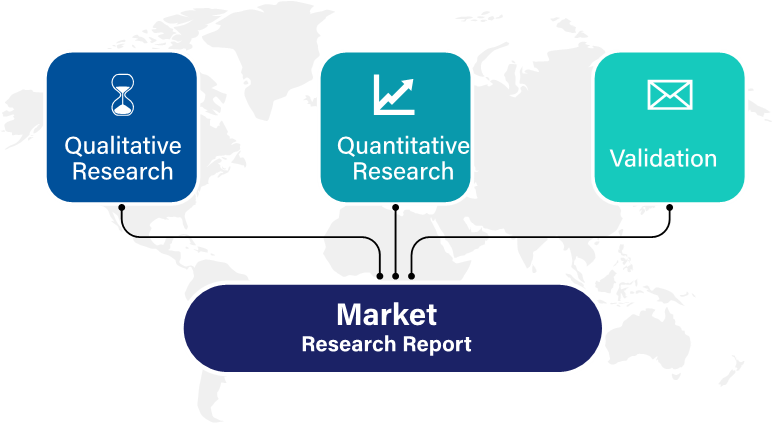
The Quantitative analysis involves numerous models, mathematical tools, projection, and sampling techniques. It encompasses the following steps:
Recognize market variables and derive market size.
Valuation of prospects, opportunities, and market penetration rates by analyzing Application Predictive Maintenance Solution, regional trends, etc.
Gauge historical market trends and derive present and future year-on-year growth trends
The qualitative analysis covers briefing about market dynamics and business opportunities and strategies. Lastly, all the research findings are authenticated over interviews with in-house industry experts, freelance consultants, and key opinion leaders, etc.
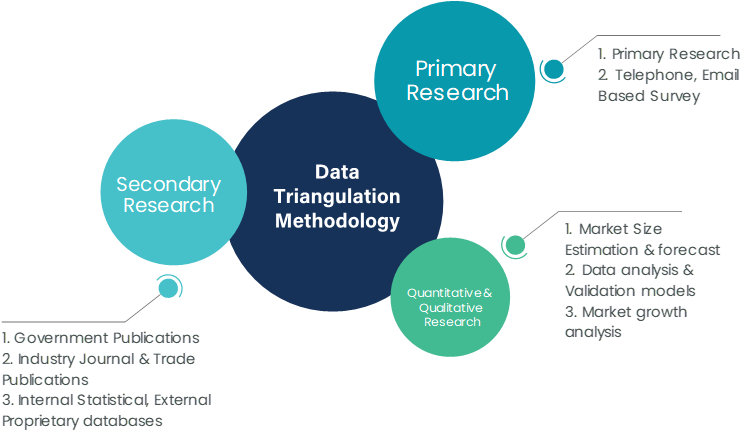
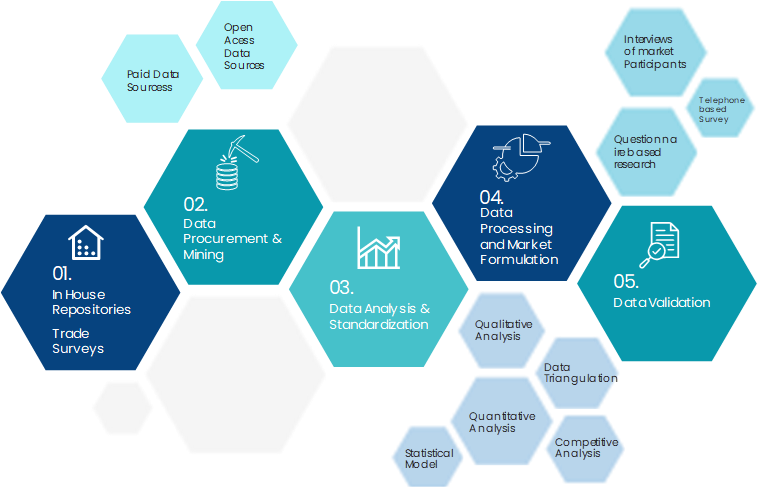
The preliminary raw data and relevant information are acquired via different sources such as secondary findings, trade surveys, and in-house repositories. Technical issues and trends are attained from technical symposia, surveys, and trade journals. Market dynamics such as driving factors, restraints/challenges, pricing trends, and opportunities are also collected using extensive secondary research via paid and open access data sources.
This info is then filtered to make sure that the related data including market trends, industry dynamics, and outlook is retained for the further research End-user. Data is constantly filtered to confirm that only authenticated sources are measured.
It comprises analysis & mapping of all the data gathered from the above step. It also includes the analysis of data differences observed across numerous data sources and arrives at final data points to be used for final calculations.
This step involves data End-user using various models, mathematical tools, projection, and sampling techniques to derive market findings. It also involves the placement of data points at suitable market spaces to gather viable conclusions.
Market estimates and forecasts are derived via simulation models. Collected data for market dynamics, Propulsion Type sets, pricing trends, and Type development is fed into the model and evaluated simultaneously. These factors are studied on a comparative basis, and their influence over the prediction period is quantified by means of regression, correlation, and time-series exploration. Analyst viewpoint & subject matter expert-based heuristic form of market sizing also plays an essential part in this step.
Some of the parameters measured as a part of the statistical model are:
Macro-economic indicators
Micro-economic indicators
Socio-political indicators
Environmental indicators
Propulsion Type indicators
Validation End-user aids to finalize data points to be used for final calculations. Primary Interviews are conducted to authenticate the data and analysis.
Primary research includes questionnaire-based research, email interactions, online surveys, and telephonic interviews. Interviewees are approached by prominent companies across the value chain including suppliers, Propulsion Type providers, domain experts, and buyers to ensure a holistic and unbiased picture of the market.
Industry participants involved in this research study include:
CEOs, VPs, market intelligence managers
Procuring and national sales managers technical personnel, distributors, and resellers
Research analysts and key opinion leaders from various domains
Our research methodology includes an ideal combination of primary and secondary initiatives.
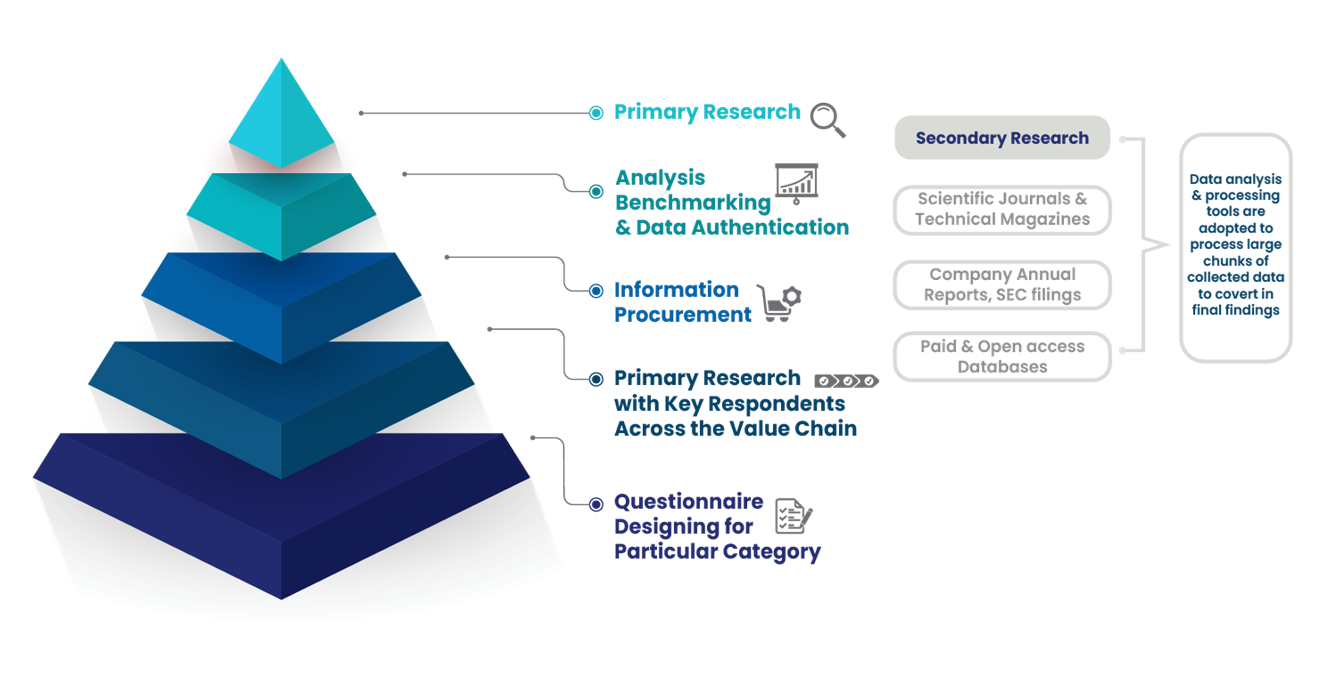
Source: International Market Research Analysis, 2024
It involves company databases such as Hoover's: This assists us to recognize financial information, the structure of the market participants, and the industry competitive landscape.
The secondary research sources referred to in the End-user are as follows:
Supply Chain and Inventory Managemental bodies, and organizations creating economic policies
National and international social welfare institutions
Company websites, financial reports and SEC filings, broker and investor reports
Related patent and regulatory databases
Statistical databases and market reports
Corporate Presentations, news, press release, and specification sheet of Manufacturers
Open access and paid data sources:
Eurostat
Statista
OneSource
Plastemart
WHO and World Bank
ITU
Factiva
Hoovers
Primary research includes online surveys and telephonic interviews.
Means of primary research: Email interactions, telephonic discussions, and questionnaire-based research, etc.
To validate our research findings and analysis, we conduct primary interviews of key industry participants. Insights from primary respondents help in validating the secondary research findings. It also develops Research Team’s expertise and market understanding.
Industry participants involved in this research study include:
CEOs, VPs, market intelligence managers
Procuring and national sales managers technical personnel, distributors, and resellers
Research analysts and key opinion leaders from various domains
We employ of following parameters in the absence of concrete data sources:
We assign weights to various parameters and quantify their market influence with the help of weighted average analysis, to derive an expected market growth rate
Income distribution, purchasing pattern, per capita income, and other end-user associated parameters
GDP, inflation rate, per capita disposable income, etc.
Expenditure, financial policies of the country, infrastructure and sector growth, and facilities
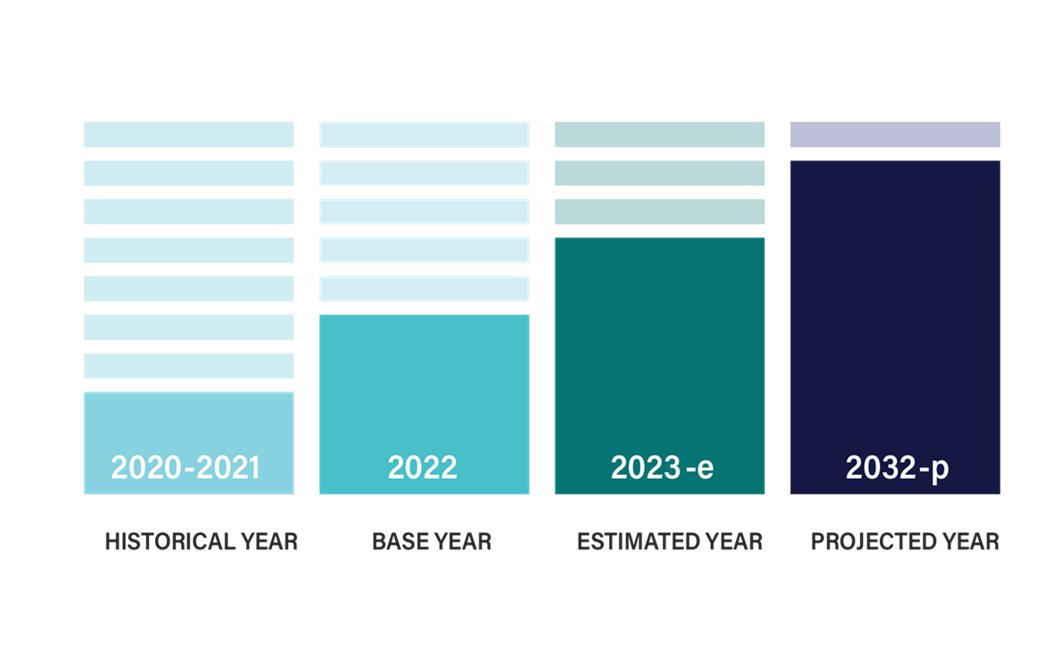
Source: International Market Research Analysis, 2024
International Market Research(IMR) is global leader in Market Research & Consulting services.